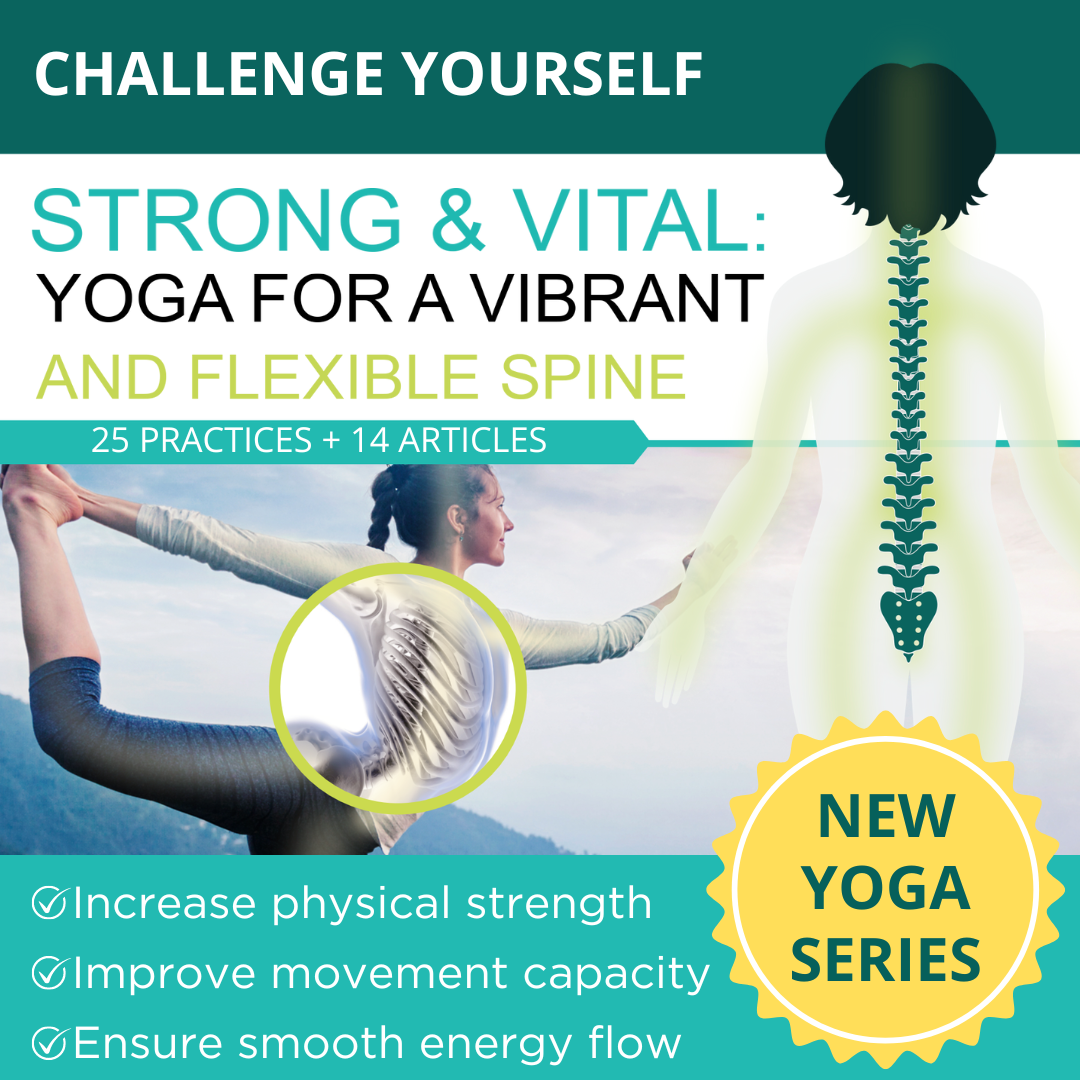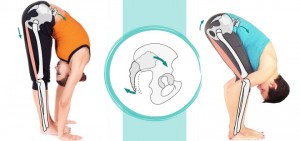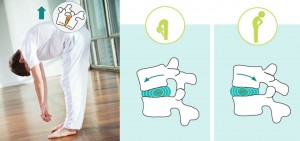Seven steps we can take to help students get through difficult times
About a month ago, one of my students had a knee replacement surgery. We planned to take a break from her regular yoga sessions for a few weeks while she[…]
About a month ago, one of my students had a knee replacement surgery. We planned to take a break from her regular yoga sessions for a few weeks while she[…]
Internal Family Systems (IFS) techniques can help yoga therapists accomplish two fundamental goals in their work with students: unblending (letting go of attachment, vairagya in yogic terms) and unburdening (minimizing[…]
In a recent yoga therapy session, a student of mine came to a realization that she would no longer be able to do certain yoga poses because of her recent[…]
When we have a persistent pain or health problem that doesn’t seem to respond to usual measures, it helps to take a closer look and see what’s happening within our[…]
Every student who comes in seeking yoga therapy is a complex blend of structural and physiological peculiarities, genetics, past experiences, perceptions, ideas, habitual patterns of movement and behavior, and so[…]
I recently watched a show called Fleishman is in Trouble, which unpacks the aftermath of a divorce. The story’s female protagonist, Rachel, played by Clare Danes, had a difficult childhood[…]
I have an early childhood memory of crying about something or rather and my father taking a camera off the shelf, taking a picture of me, and telling me with[…]
For as long as I can remember, my students have talked about their body parts as if they have their own personalities and agendas. They would say things like, “My[…]
As yoga teachers and yoga therapists, we often encounter students who have been recently diagnosed with some life-altering illness or haven’t figured out a way to effectively deal with their[…]
Last week, I read an article about a 45-year-old Silicon Valley millionaire who is determined to reverse the aging process in each one of his organs and revert them to[…]
Many years ago, a student of mine shared his jury duty experience in a complicated court case. After taking part in a jury discussion of the evidence presented, he was[…]
When I was first introduced to the polyvagal theory, my self-image was that I spent a lot of time in the ventral vagal (safe, connected, responsive) state. Yet I judged[…]
Shame protects vulnerability, a small voice of despair and hopelessness. Thirty years ago, I witnessed my loved one’s suffering and death. As a medical power of attorney, I was responsible.[…]
Clients come to us seeking a regulating presence. We need to be regulated to support our clients in returning to balance. Yet all of us get dysregulated. The tone of[…]
The ability to hold the space for clients who have experienced trauma requires the ability to take care of yourself and continue to refine your understanding of suffering and how[…]
Our connection with other human beings is essential to our health and happiness. Traumatic experiences can disrupt that interconnectedness, creating grief and isolation. Often clients are sitting with their story[…]
The doorway into yoga for so many westerners is asana. In my last blog, I talked about the role of asana in working with the symptoms of post-traumatic stress. Asana[…]
A painting is often a complex combination of the totality of it and the independent parts of it that come together to form the work of art. So, too, is[…]
Human suffering is universal, but everyone’s experience of suffering is unique, even for those who have been through the same traumatic event. Our role as Yoga Therapists and yoga teachers[…]
Do you have questions about working with students with chronic lower back pain? Join experienced Yoga Therapists Rachel Lanzerotti and Olga Kabel for a casual discussion of practical teaching strategies[…]















